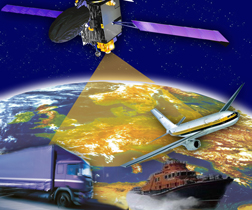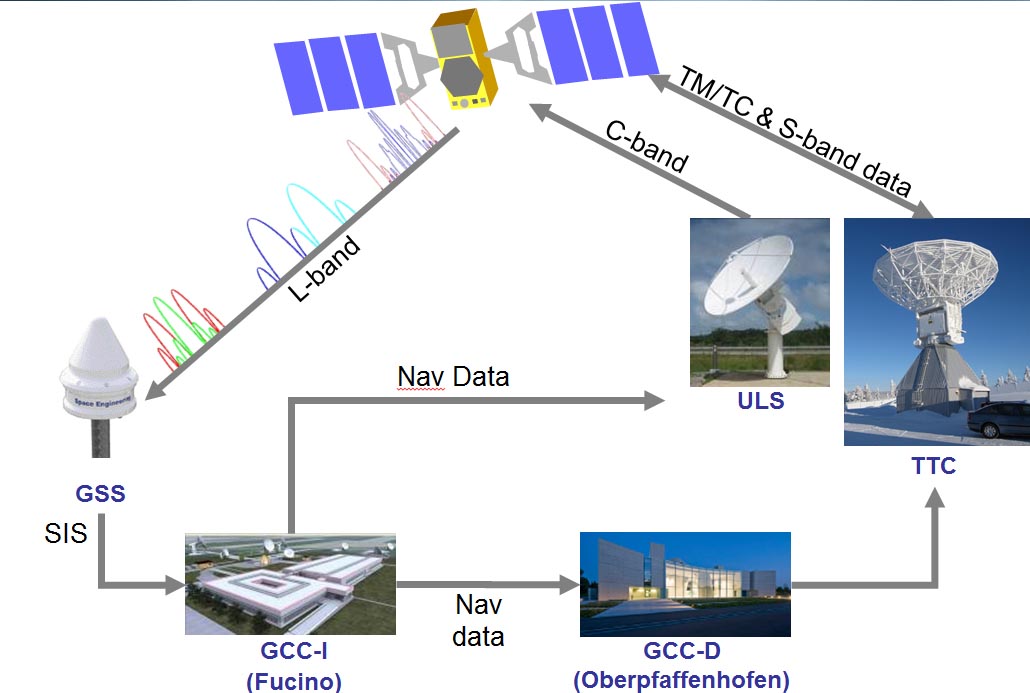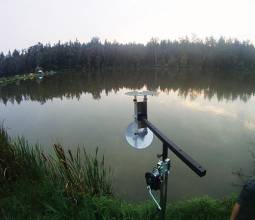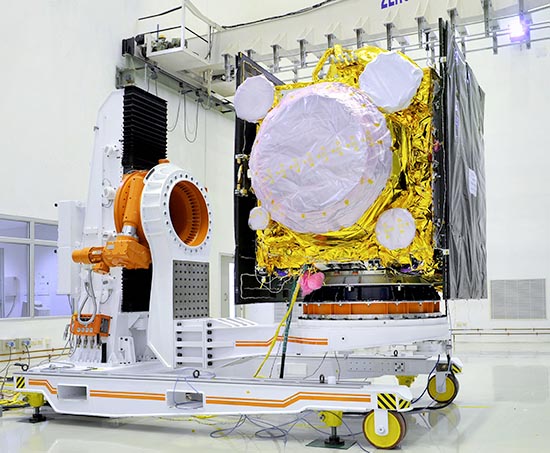Expanding EGNOS Horizons
 GPS+EGNOS tracking device able to use EGNOS OS and EDAS mounted on a container
GPS+EGNOS tracking device able to use EGNOS OS and EDAS mounted on a containerThe European Geostationary Navigation Overlay Service (EGNOS) has a European regional coverage that could be extended quite easily to areas adjacent to the European Union. Backed by the European Commission, a public/private consortium is operating programs of technical assistance to prepare nations in the Mediterranean region to adopt and exploit European GNSS services in their priority market segments, namely aviation and road freight transport/logistics.
By Inside GNSS













